The case for active stewardship
Pollinator gardens, expanding butterfly habitat, the trouble with honeybees and a new book about shaping ecosystems.
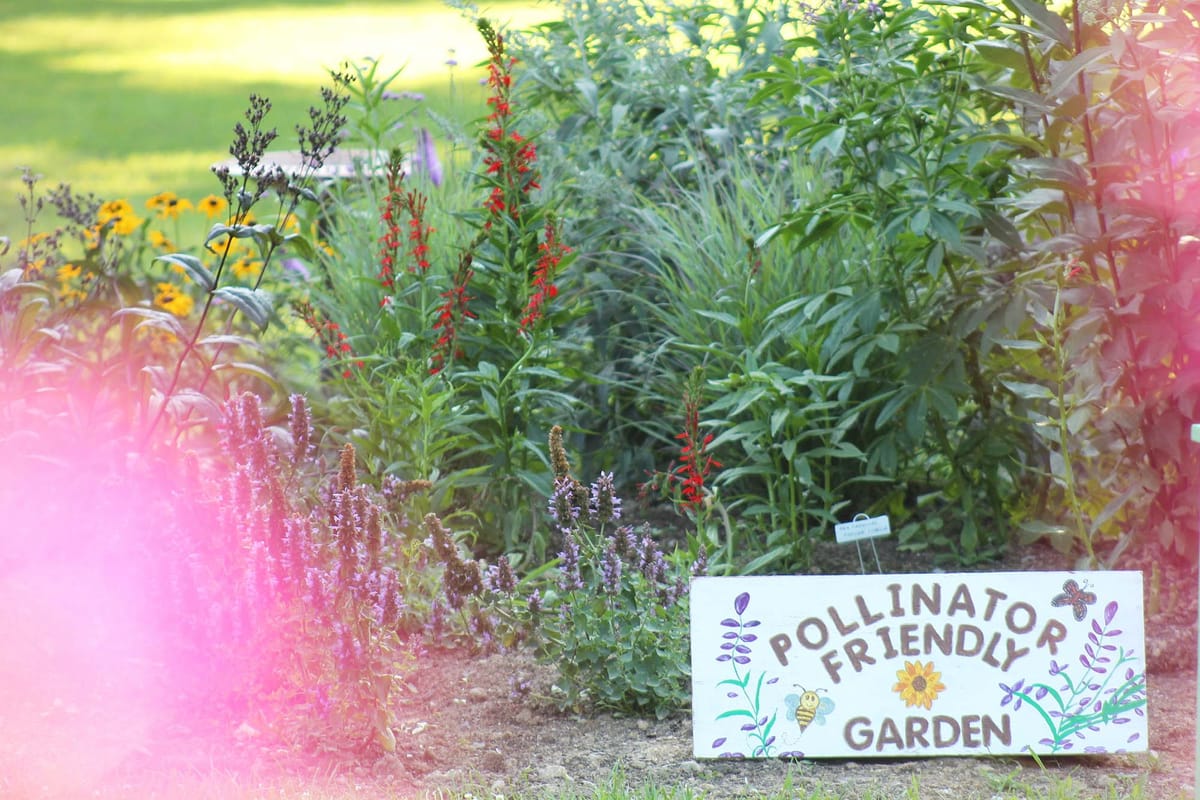
Nature needs room – but nature needs people, too
The words “wild,” “wilderness” and, yes, “rewilding” are evocative and inspiring to many, but they come with a lot of baggage too. We’re not going to get into etymology here – its applicability to modern usage is limited at best. But suffice it to say that in the West, especially the anglophone world, there’s a troublesome history of differentiating the people-free “wild” from human spaces.
It was an ironic and tragic part of the colonization of North America and the creation of national parks: The spaces settlers so revered for being “wild” and “natural” had actually long been tended by the Indigenous people who lived there – and who were summarily evicted from those “wildernesses.” And globally, evidence is mounting that even before agriculture emerged, humans had been shaping the natural world significantly – such as by killing off megafauna. (You can read more about this in Sophie Yeo’s excellent book Nature's Ghosts, which is just now being released in North America.)
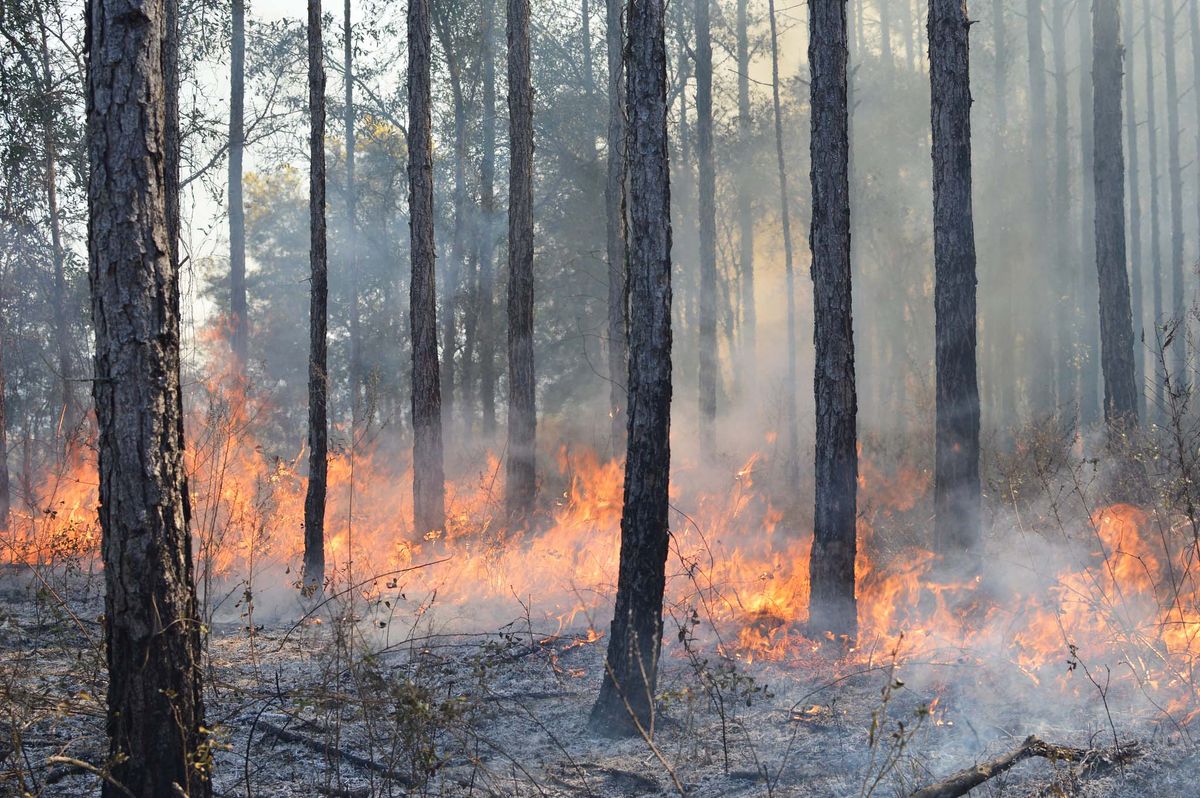
Humans often mistrust each other, and it’s understandable why. Some people do some pretty bad things, whether through malice or inattention. That’s why it makes sense to exclude people or specific activities from a lot of natural spaces, at least in the short term. ATVs, for instance, can tear up a lot of ground quickly and start fires. Boardwalks are an excellent way to keep walkers on the trail and off the ground. And offering ticketed access to extremely popular sites can keep human impact to a manageable threshold.
But to build a society of people who care for the land and feel like they’re part of nature, we need to develop a culture of stewardship and reciprocal relationship – to become what Dr. Jennifer Grenz of the University of British Columbia calls balancers of the ecosystem. See more about her new book below.
Part of this starts at home, so we’re pleased to be partnering once more with the David Suzuki Foundation (DSF) on their LawnShare program, which is aimed at encouraging and inspiring people to downsize or eliminate their lawns in favour of biodiverse planting that welcomes insects and other wildlife. While LawnShare is aimed at Canadians, we’re sure our readers elsewhere will find value in the stories we’re producing as well.
And speaking of DSF, last week they – along with the Canadian Wildlife Federation and a number of other participants – sent an open letter to Canadian municipalities asking them to update bylaws to remove outdated calls for “neatness” and “weed” removal and replace them with guidelines for biodiverse gardening. Canadian readers, you can send a letter to your municipality via this form. And for our international readers whose communities have similar challenges (such as American HOAs): You might find the campaign inspires you to start one of your own.
Stay wild,
Domini Clark and Kat Tancock, editors
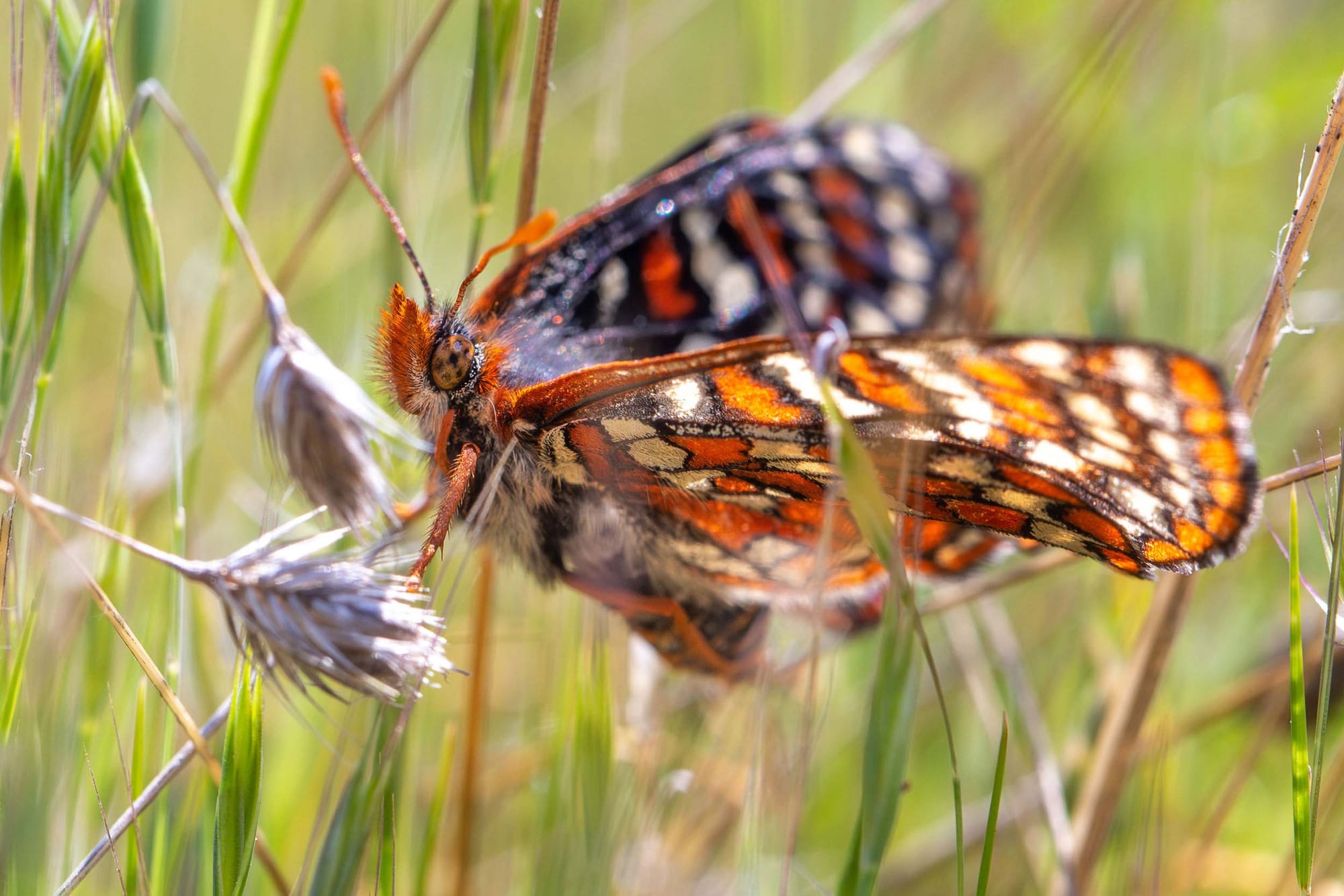
How to save a butterfly
Scientists, volunteers and incarcerated women are helping the Taylor’s checkerspot butterfly expand its range – and finding hope along the way.
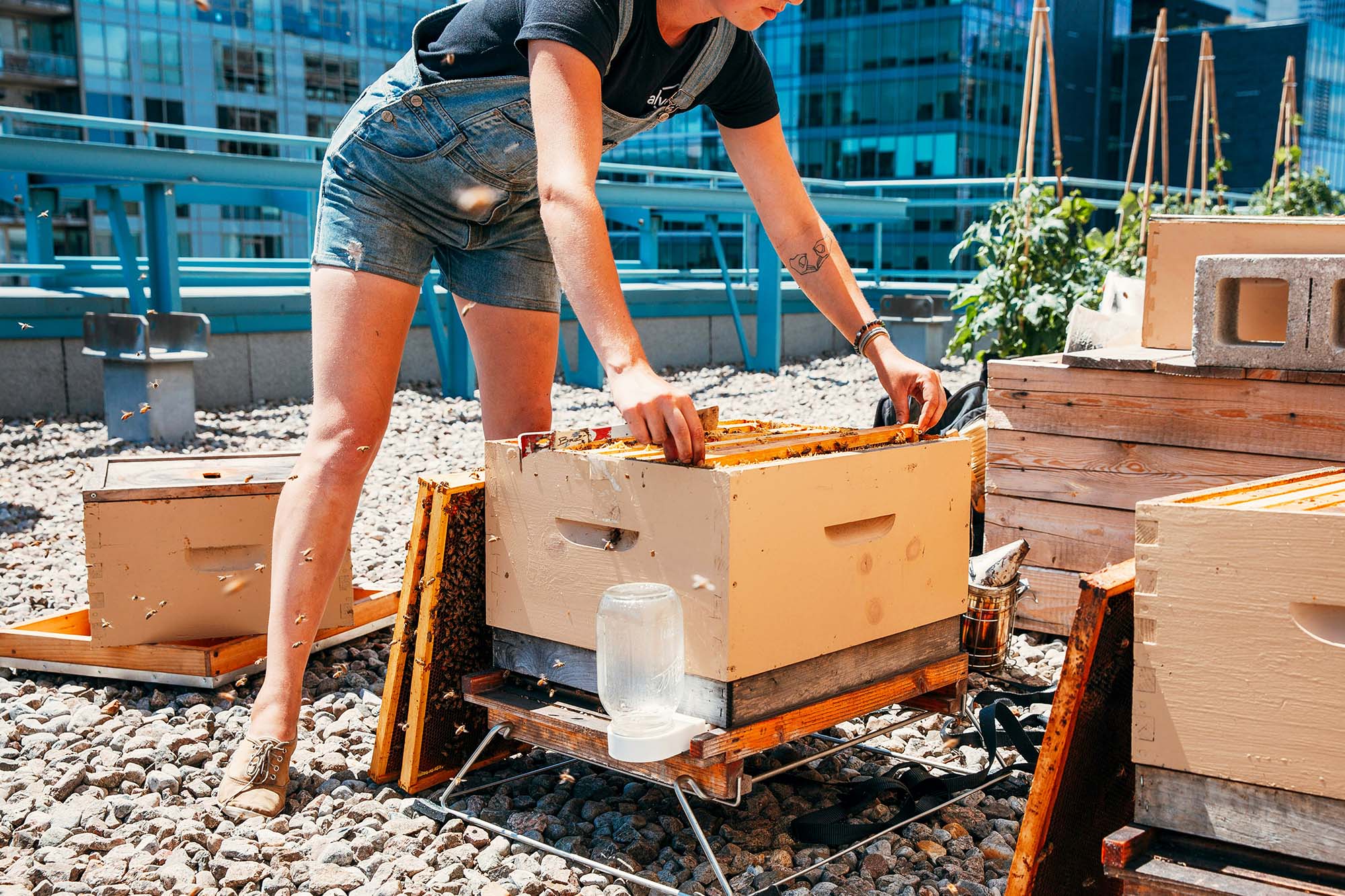
The trouble with urban beekeeping
Trying to help the bees? Here’s why experts say it’s time to rein in the honeybee craze and turn to pollinator gardens instead.
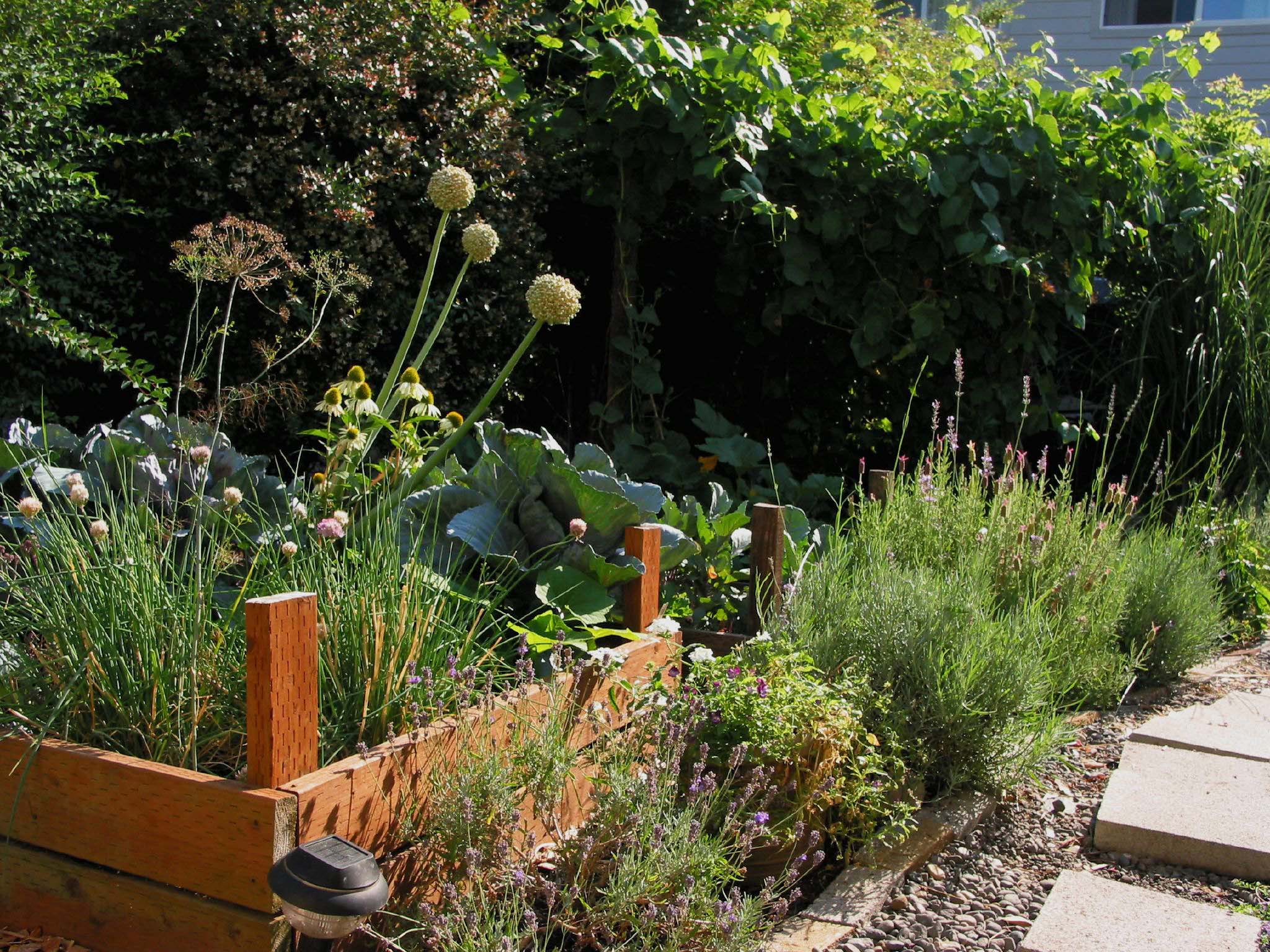
4 ways to turn your lawn into an edible garden
Why devote your yard to turfgrass when you can use that space to feed yourself and the other creatures who call your neighbourhood home?
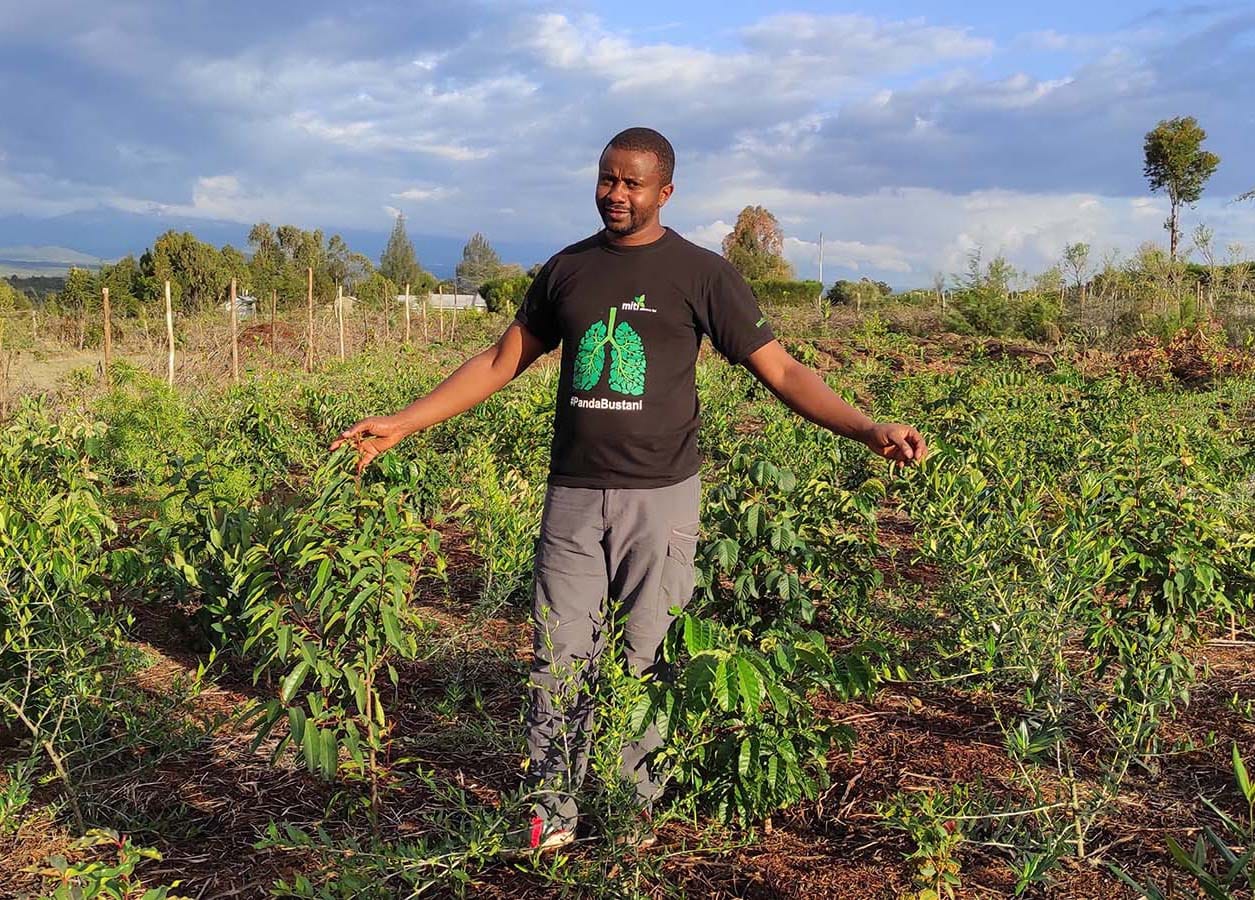
This tree museum looks to the future, not the past
Kenya’s Miti Alliance is growing a living seed bank to help counteract deforestation, preserve indigenous tree species and boost knowledge of local ecosystems.
“The ecosystems of ten thousand, one thousand, or even one hundred years ago were wilder, richer and more enchanting than that which passes as nature today. At a time of unprecedented ecological collapse, it is our duty to restore something of that lost world.”
– Sophie Yeo, Nature's Ghosts: The world we lost and how to bring it back
Recommended reads
Dr. Jennifer Grenz has had a long career working in ecological restoration in British Columbia, running projects with tasks like ripping out invasive Himalayan blackberry and planting native species in their place. But at a certain point she was becoming disheartened by results that were lacklustre at best: two years after one tree-planting initiative with at-risk youth, for instance, she discovered that every single one of the seedlings had died.
Grenz pivoted to graduate school in an effort to find her path again, and discovered it through building deeper connections with her First Nations heritage, the knowledge of her elders and Indigenous approaches to ecology that have long been suppressed by Western methodologies. “It was time to stop taking the same approaches and hoping for different results,” she writes.
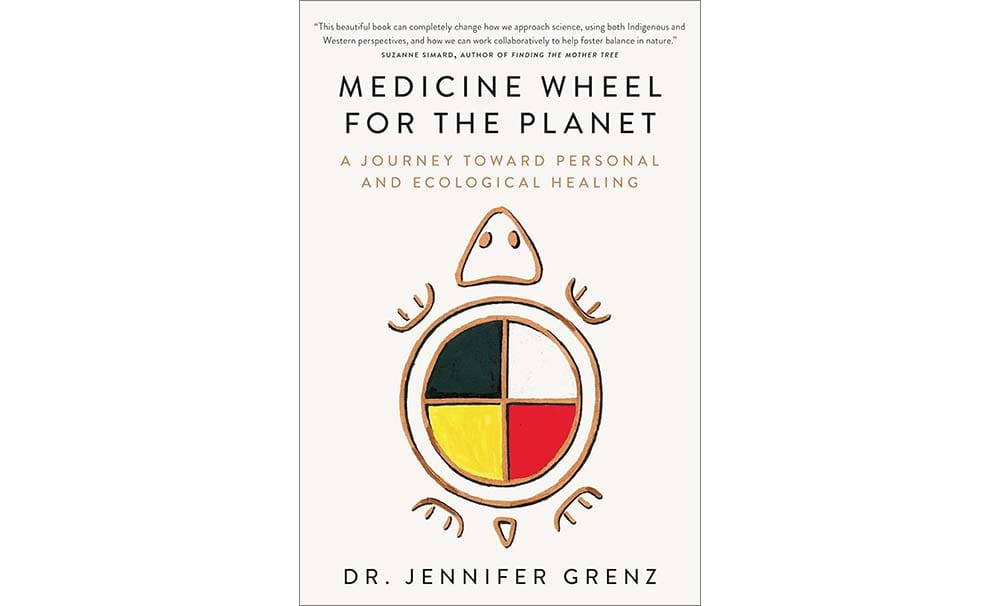
What followed was a long journey to explore what Indigenous ecology means and the place it should be taking in our efforts to heal both land and people: what Grenz calls “the journey to connect my head (Western science) and my heart (my Indigenous worldview).” And in Medicine Wheel for the Planet, she shares these explorations to make them more accessible to others, covering topics like the power of stories, the flaws in “Eden ecology” and the importance of reciprocity and relationship.
“I used to be an ecologist who simply brought an ‘end product’ back to communities based on the work that I did alone on their lands (Indigenous or not),” she writes. “Now, I am a community gatherer, working to help bring healing beyond just the land. I am a story-listener. I am a storyteller. I am a shaper of ecosystems.”
We encourage you to borrow Medicine Wheel for the Planet from your local library or purchase from an independent bookstore.
Elsewhere in rewilding
More news for our fellow Canucks: The Nature Conservancy of Canada is once again holding its Big Backyard Bioblitz August 1–5. It’s asking Canadians to photograph local wildlife and report sightings on the organization’s app.
Prepare to have major garden envy when you see the work of Brazilian landscape designer Isabel Duprat, who creates for her clients what are essentially private mini jungles full of indigenous plants.
Most of Britain’s rainforests have, sadly, long since disappeared. In Wales, the aim is to restore 59 hectares of one in the southwest part of the country, connecting the new growth to what remains of a Celtic rainforest in the Gwaun Valley.
Saudi Arabia isn’t exactly known as the most environment-focused country … but kudos to efforts to rewild the NEOM Nature Reserve with 100 million native plants and various fauna. The price tag is a whopping US$500 billion. At least all that oil money is doing some good.
And finally, in this week’s installment of adorable animal news: An English project is kitting out dogs with special bags so they can run around spreading wildflower seeds, in a human-assisted imitation of what their wolf ancestors and other animals used to do.
❤️ Enjoy this newsletter?
Send to a friend and let them know that they can subscribe, too.
Share your expertise: Do you know a project, person or story we should feature? Let us know.
Just want to say hello? Click that reply button and let us know what you think – and what else you'd like to see. We'd love to hear from you.



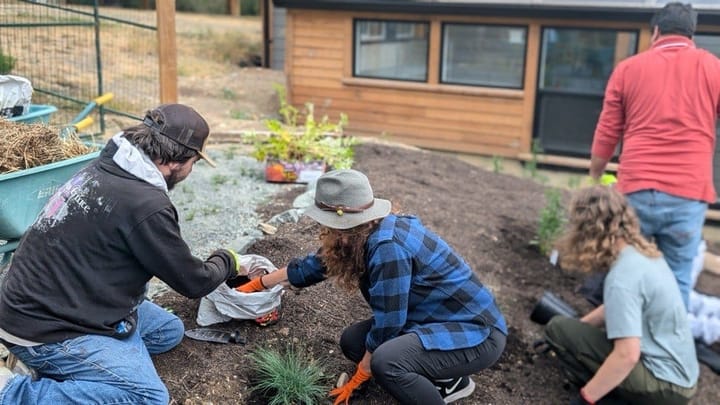
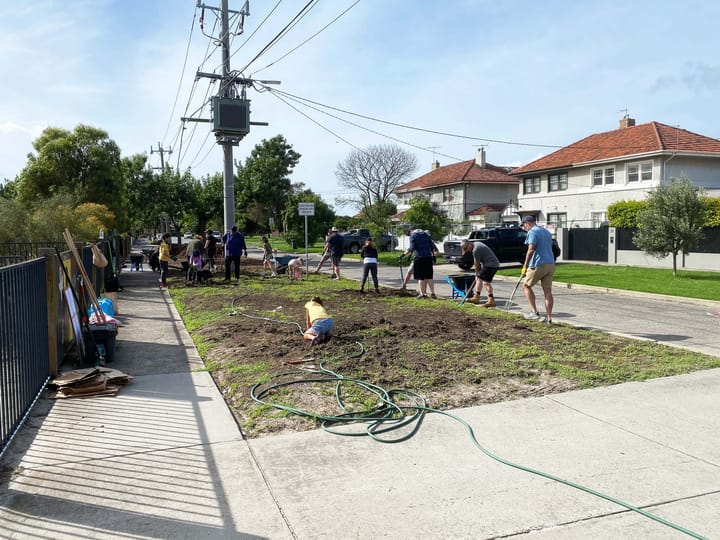
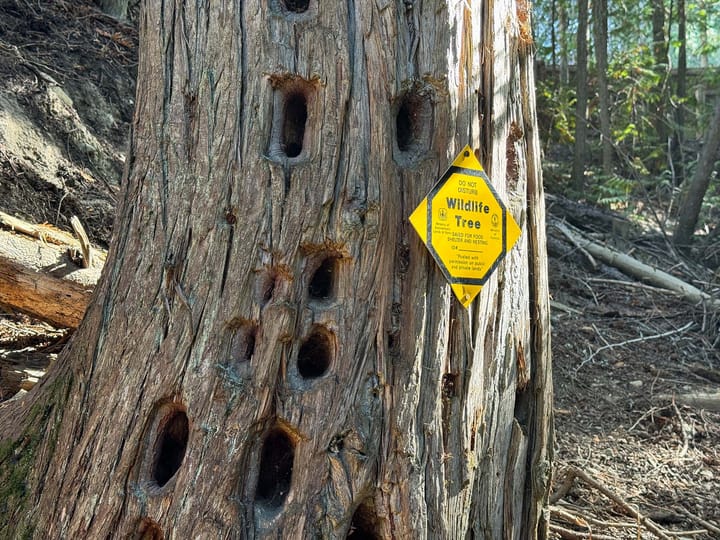
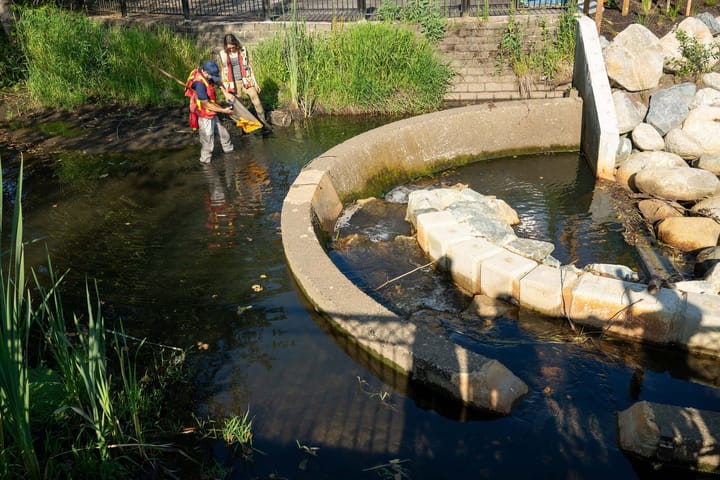
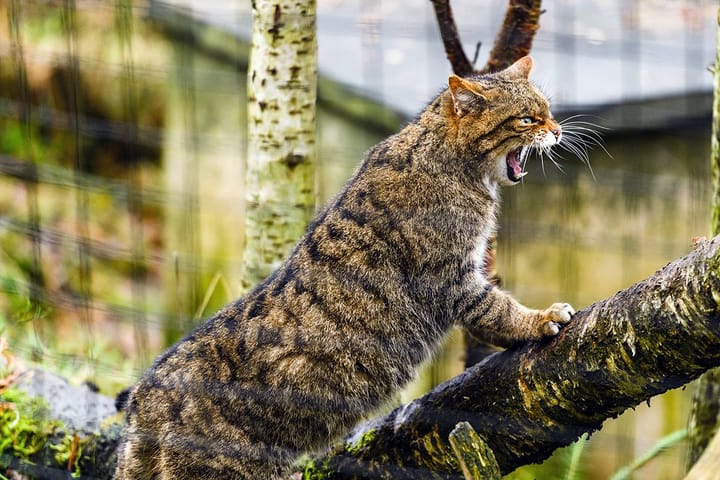

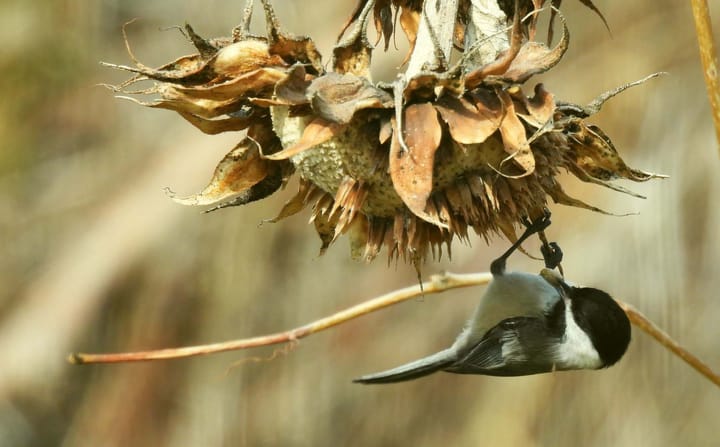

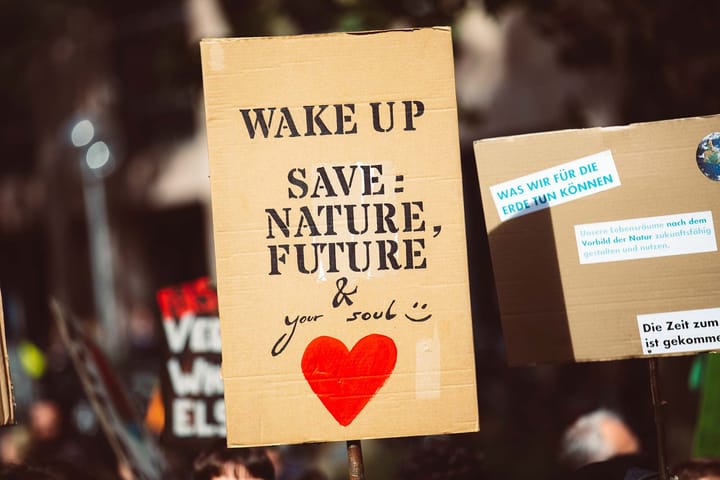

Comments ()